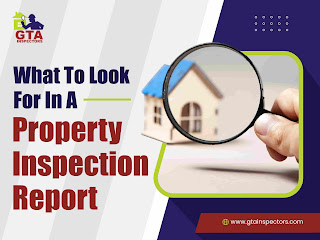What Typically Happens During a Property Inspection
A property inspection is a thorough examination of a property to assess its condition. Here’s a general overview of what typically occurs:
The Inspection Process
Visual Examination: The inspector will visually inspect the property’s exterior and interior, looking for signs of damage, wear and tear, or potential issues.
Structural Evaluation: The inspector assesses the property’s foundation, framing, and overall structural integrity.
Roof and Exterior Inspection: The condition of the roof, gutters, siding, and other exterior components is examined for damage or signs of aging.
HVAC System Check: The heating, ventilation, and air conditioning system is evaluated for efficiency and functionality.
Plumbing and Electrical Systems: The inspector checks the plumbing and electrical systems for safety and proper operation.
Interior Components: Walls, ceilings, floors, and other interior elements are examined for signs of damage or issues.
Appliance Check: Major appliances like stoves, refrigerators, and dishwashers are often tested for basic functionality.
Attic and Basement Inspection: These areas are checked for signs of moisture, pests, or structural problems.
The Inspection Report
Once the inspection is complete, the inspector typically prepares a detailed report outlining the property’s condition. This report includes:
Findings from the inspection
Photos of any significant issues
Recommendations for repairs or maintenance
Note: The specific areas inspected and the depth of the inspection can vary depending on the type of property (residential, commercial, etc.) and the purpose of the inspection (purchase, insurance, etc.).
Would you like to know more about a specific type of property inspection or what to expect as a buyer or seller?


Comments
Post a Comment